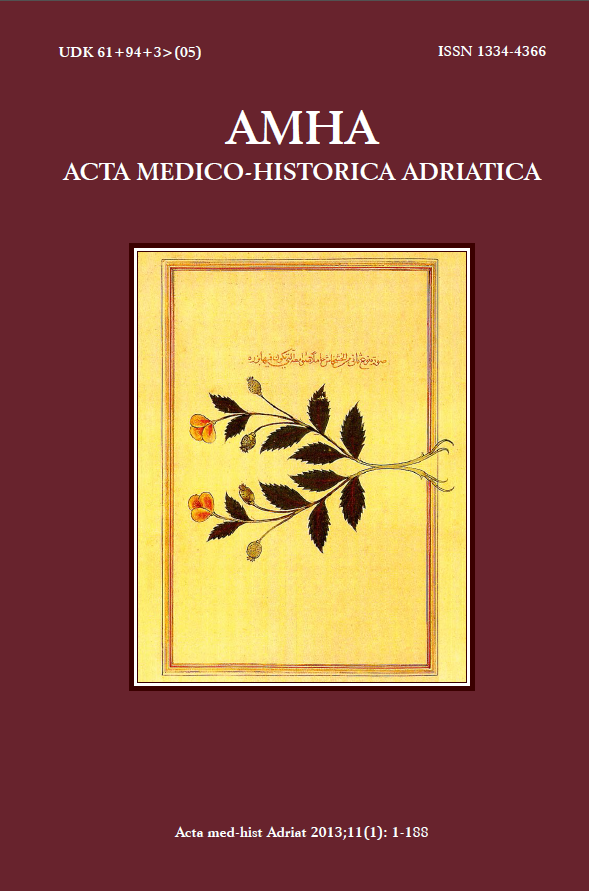POST-MORTEM CESAREAN SECTION AND EMBRYOTOMY: MYTH, MEDICINE, AND GENDER IN GRECO-ROMAN CULTURE
Keywords:
medicine history, postmortem cesarean section, embryotomy, obstetrics, gender studiesAbstract
This article focuses on cesarean section carried out after the mother’s death to rescue the living infant and on embryotomy, a medical procedure to save the mother described as early as the Hippocratic writings (5th to 4th century B.C.) and practiced until the times of Paul of Aegina (7th century A.D). The available sources do not mention cesarean section on a living mother to save the infant. On the other side, writings on embryotomy state clearly that Greek and Roman physicians strove hard to save women’s lives. Written in ancient, male-centered societies, these texts convey an unequivocal positive attitude towards women, despite current misogynist assessments by philosophers and physicians who considered women inferior, based on their organic and biological features.


